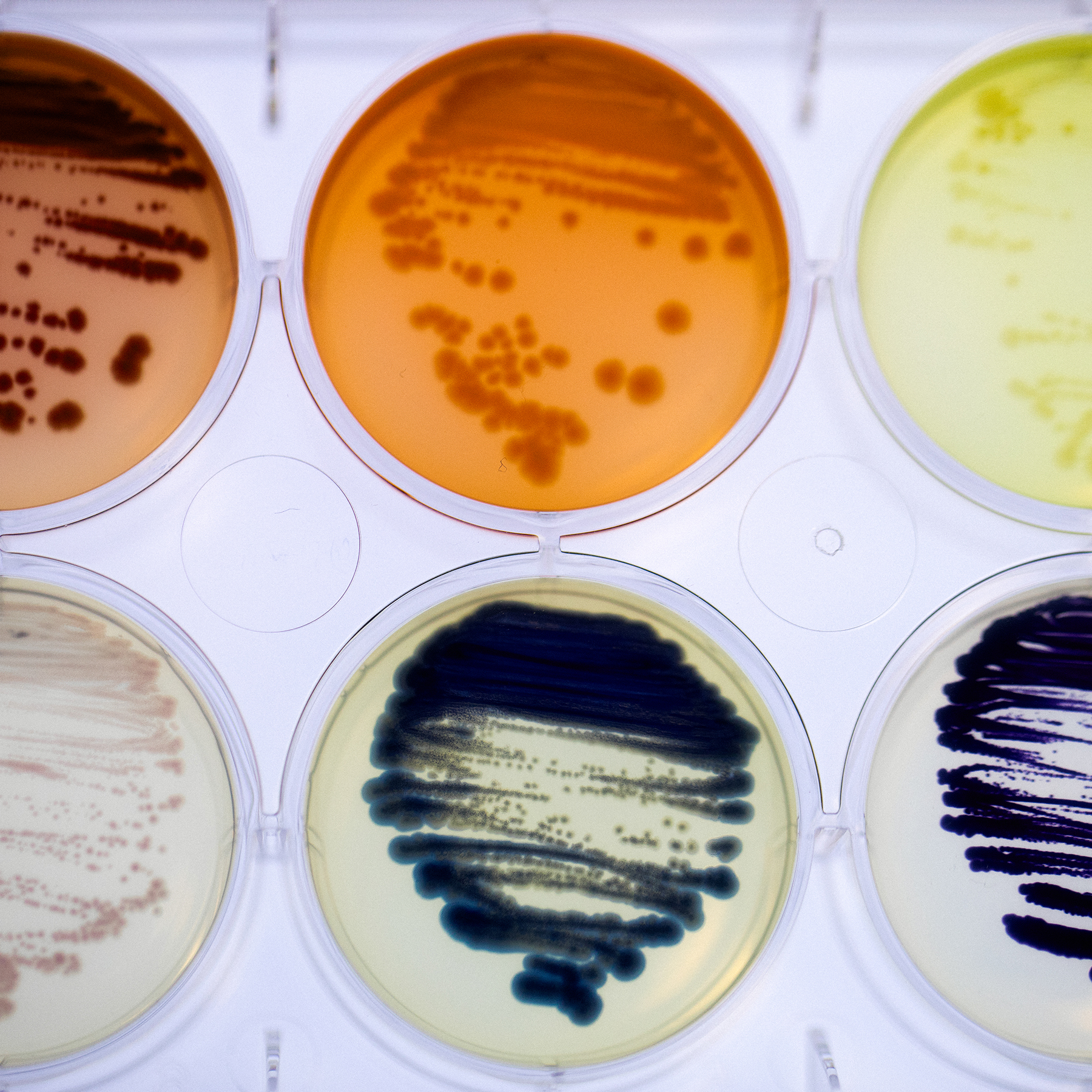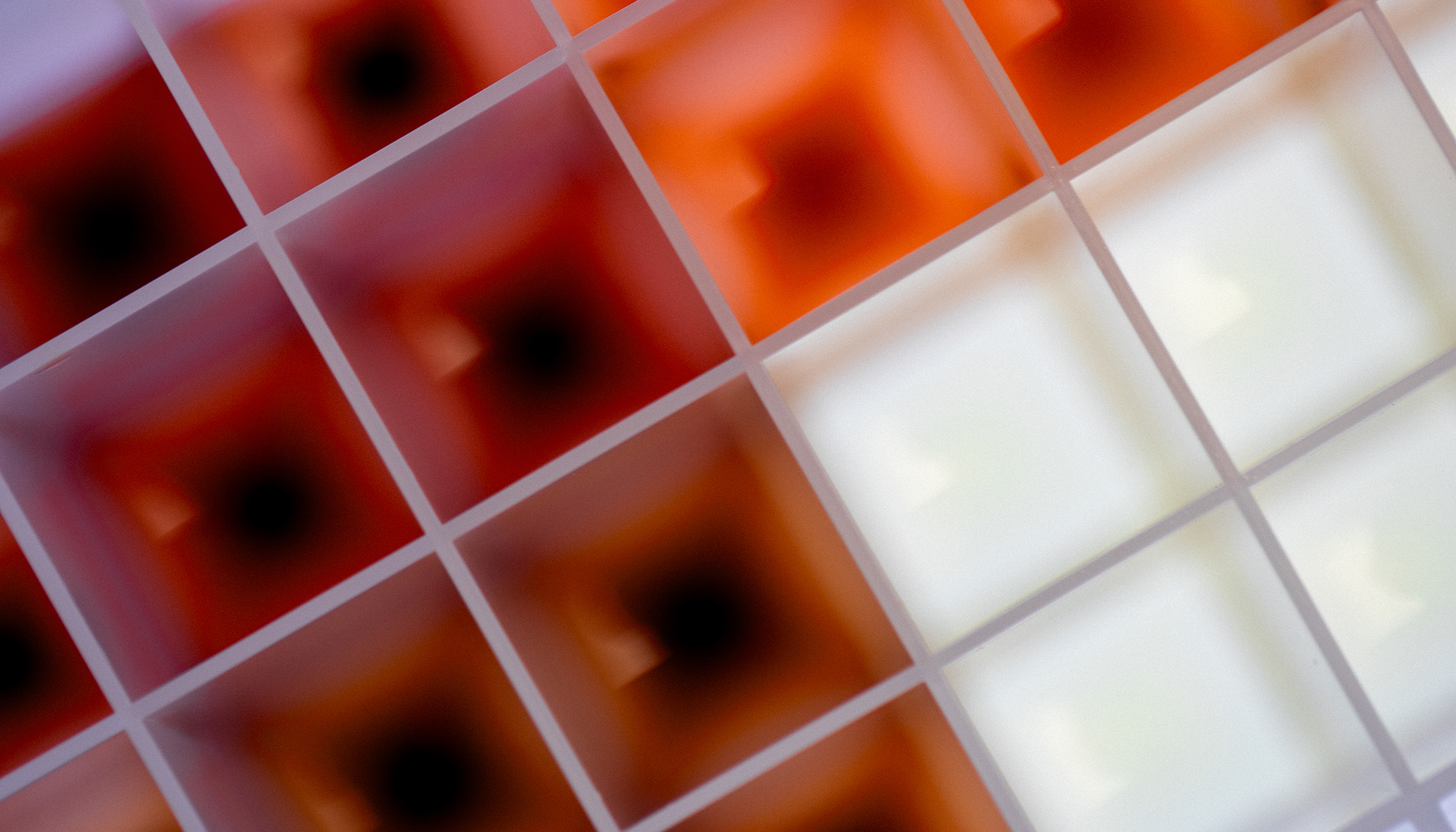Colorifix is engineering the DNA sequences of nature’s own colours to reduce the impact of the fashion industry.
Industrial textile dyeing consumes massive amounts of water and energy and has an enormous carbon footprint. Colorifix has pioneered the first entirely biological process to produce, deposit and fix pigments onto textiles.
Using a synthetic biology approach, it offers a radically different solution to conventional dyeing technologies that cut the use of harsh chemicals and leads to huge reductions in water consumption.
Colorifix is expanding internationally and trebling the size of the team.
“Colorifix is bringing the fashion industry back to its roots and harnessing the power of the natural world to colour our clothing in a more sustainable way. We believe our solution can be transformative for the fashion industry and for ensuring the protection of our water, air and land for future generations.”

Sustainable pigment solution derived from nature
While in Nepal to test their monitoring sensors for the drinking water, Colorifix’s Co-founders Professor Jim Ajioka, from the Department of Pathology, and Dr Orr Yarkoni, formerly a postdoc and now the company’s Chief Executive Officer, learned about the enormously destructive effects of the fashion industry’s dyeing processes on water.
Annually, these dyeing processes consume around five trillion litres of water, and result in dyes seeping into rivers and harming wildlife. The co-founders realised they could devise a sustainable solution derived from nature. By copying the DNA sequences of pigments that are found in nature, engineering micro-organisms to produce the pigments in the same way and growing them through fermentation, Colorifix can produce eco-friendly pigments for fashion.
The company and its customers aim to make Colorifix’s dyeing solution the standard for eco-friendly dyeing of the world’s clothes in the coming years. Supported by Cambridge Enterprise in early investment rounds, the company raised an £18 million Series B round in 2022 to support this vision, led by H&M Group’s corporate venturing arm. Since then, Colorifix has expanded operations internationally and trebled its team size to realise this impact.
Image Credits: Colorifix




